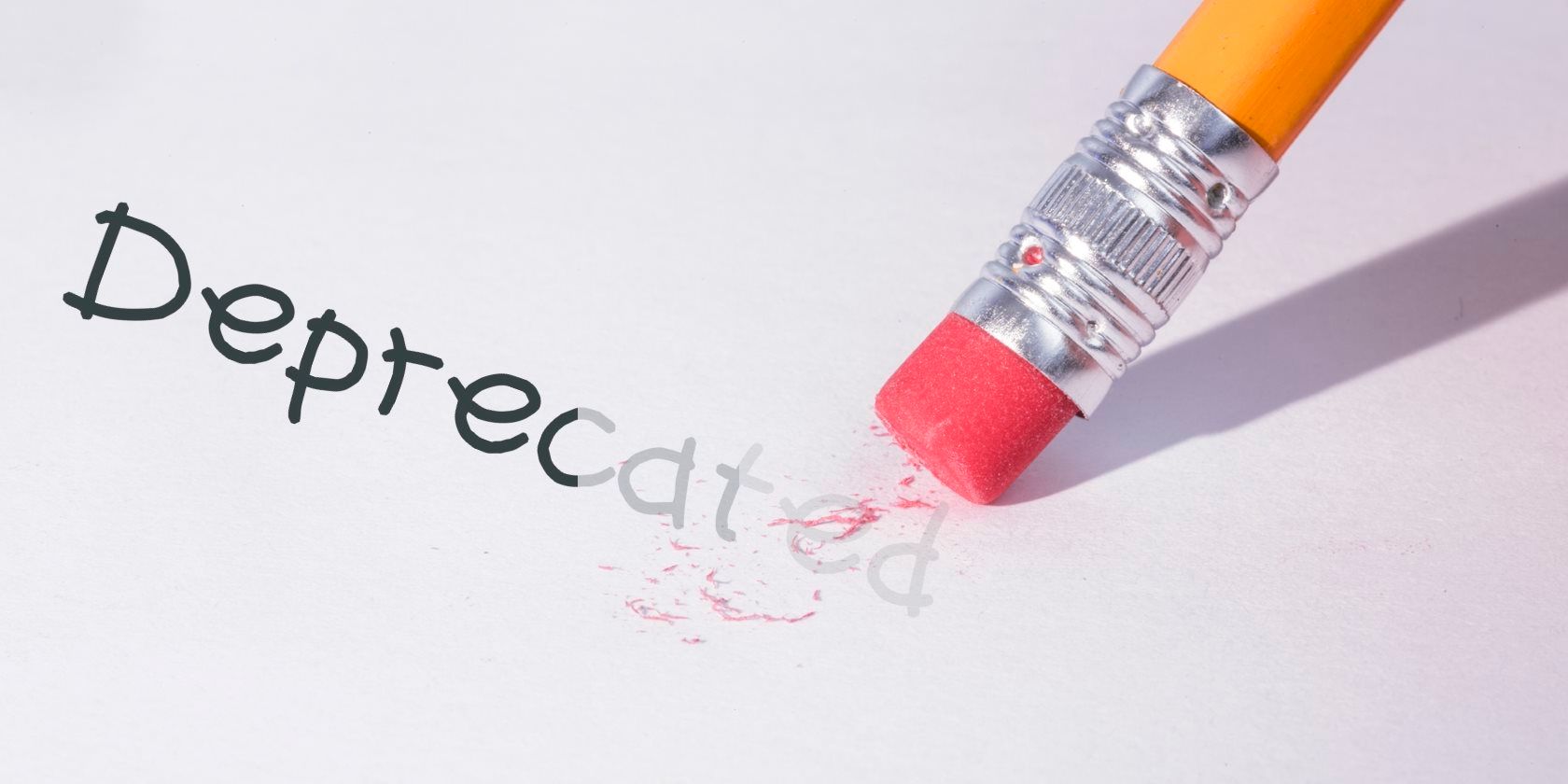With new operating system versions, some features inevitably end up on the cutting room floor.
Windows users became outraged when they learned that the classic Microsoft Paint will be deprecated in the upcoming Windows 10 Fall Creators Update. While Paint hasn't even seen an update since Windows 7, people started scrambling for alternatives and cursing Microsoft for removing their favorite crappy image editing program.
But Microsoft said that it will deprecate Paint in the new update, not remove it. Did you know there's a difference?
Removal of a feature means that it's completely gone with no official method to restore it. In some cases, you may be able to download an alternative or use some kind of trick to get it working again. Normally, Microsoft (and other companies) removes features when they're no longer needed. For instance, Desktop Gadgets had security problems, so they're no longer part of Windows.
Deprecation, on the other hand, means that the manufacturer discourages a feature's use but leaves it available. Typically, deprecation occurs when a feature is unsafe or gets replaced with a superior alternative. When features are marked for deprecation, you can still use them even though they're not under active development.
This allows for backwards compatibility and time for users to migrate to a replacement. But deprecated features often come with a warning recommending other solutions. In future versions, deprecated features often face removal.
This is where Microsoft Paint falls, with Paint 3D as its successor. You can still access classic Paint in the Fall Creators Update; Microsoft has confirmed its availability on the Windows Store. Missing removed Windows features like Windows Media Center? Check out how to bring some old favorites back.
Did you know the difference between deprecation and removal? Have any of your favorite Windows features faced removal or deprecation? Tell us in the comments!
Image Credit: Wavebreakmedia/Depositphotos

